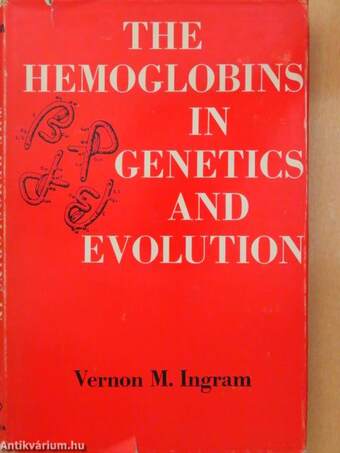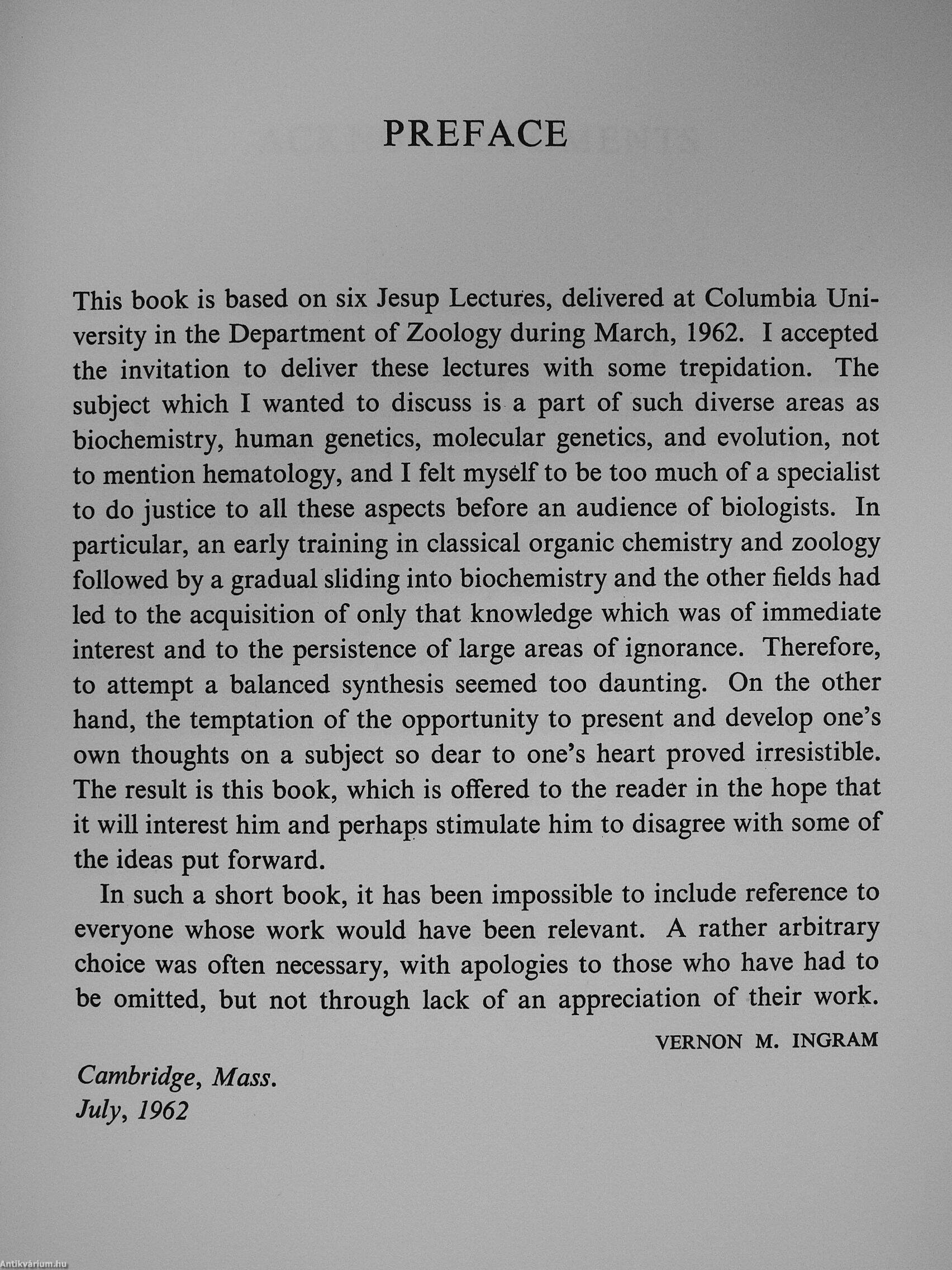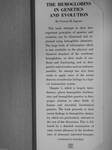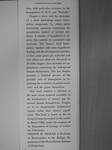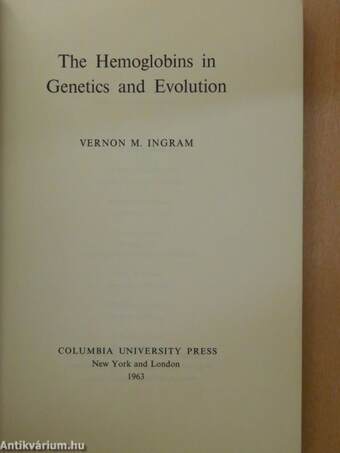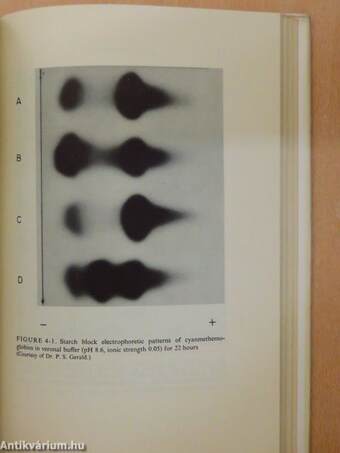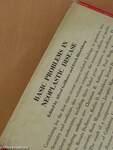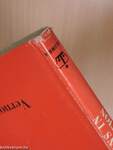1.062.071
kiadvánnyal nyújtjuk Magyarország legnagyobb antikvár könyv-kínálatát

VISSZA
A TETEJÉRE
JAVASLATOKÉszre-
vételek
The Hemoglobins in Genetics and Evolution
| Kiadó: | Columbia University Press |
|---|---|
| Kiadás helye: | New York-London |
| Kiadás éve: | |
| Kötés típusa: | Fűzött keménykötés |
| Oldalszám: | 165 oldal |
| Sorozatcím: | Columbia Biological Series |
| Kötetszám: | 22 |
| Nyelv: | Angol |
| Méret: | 24 cm x 16 cm |
| ISBN: | |
| Megjegyzés: | Fekete-fehér ábrákkal illusztrálva. |
naponta értesítjük a beérkező friss
kiadványokról
naponta értesítjük a beérkező friss
kiadványokról
Előszó
TovábbFülszöveg
THE HEMOGLOBINS IN GENETICS AND EVOLUTION
By Vernon M. Ingram
This book attempts to show how important principles of genetics and evolution can he illustrated and explained using hemoglobin chemistry. The large body of information which is now available on the physical and chemical structure of the vertebrate hemoglobins, on their mode of synthesis and functioning, and on their genetic control makes such an endeavor possible. An attempt has also been made to apply some of the recent theories of molecular biology to a typical mammalian system.
Chapter 1, which is largely introductory, places hemoglobin biochemistry and hemoglobin genetics in their proper relation to other fields of human and microbial biochemical genetics. The book proceeds to treat recent findings in hemoglobin chemistry which are particularly relevant to the rest of the discussion. This is followed by a detailed examination of some recent advances in the biochemistry of abnormal inherited hemoglo-(continued on... Tovább
Fülszöveg
THE HEMOGLOBINS IN GENETICS AND EVOLUTION
By Vernon M. Ingram
This book attempts to show how important principles of genetics and evolution can he illustrated and explained using hemoglobin chemistry. The large body of information which is now available on the physical and chemical structure of the vertebrate hemoglobins, on their mode of synthesis and functioning, and on their genetic control makes such an endeavor possible. An attempt has also been made to apply some of the recent theories of molecular biology to a typical mammalian system.
Chapter 1, which is largely introductory, places hemoglobin biochemistry and hemoglobin genetics in their proper relation to other fields of human and microbial biochemical genetics. The book proceeds to treat recent findings in hemoglobin chemistry which are particularly relevant to the rest of the discussion. This is followed by a detailed examination of some recent advances in the biochemistry of abnormal inherited hemoglo-(continued on back flap)
(continued from front flap)
bins, with particular reference to the hemoglobins D, M, G, and "Norfolk."
Chapter 4 deals with the chemistry of a most interesting minor hemoglobin component, A2, which poses fascinating questions concerning the quantitative control of protein synthesis. A number of hypotheses to explain this control are presented and analyzed. The human fetal hemoglobin, together with some hypotheses dealing with the all-important question of how some genes get activated and why others are silent are discussed in the fifth chapter. Also included are explanations concerning the widespread disease thalassemia. The last chapter presents a detailed account of the possible role of hemoglobin in explaining the evolution of protein molecules and the genes themselves.
This work contains a selection of the most recent material available on the biochemistry of normal and abnormal human hemoglobins. Emphasis is on fundamental biochemical aspects rather than clinical significance. The book is based on the six Jesup Lectures presented by the author in March 1962, under the auspices of the Department of Zoology of Columbia University.
VERNON M. INGRAM is Professor of Biochemistry in the Biology Department of the Massachusetts Institute of Technology. Vissza
Témakörök
- Orvostudomány > Belgyógyászat > Genetika
- Idegennyelv > Idegennyelvű könyvek > Angol > Természettudományok > Biológia
- Idegennyelv > Idegennyelvű könyvek > Angol > Természettudományok > Kémia
- Idegennyelv > Idegennyelvű könyvek > Angol > Orvostudomány
- Természettudomány > Kémia > Biokémia
- Természettudomány > Kémia > Idegennyelvű
- Természettudomány > Biológia > Biológia, általános > Sejtbiológia
- Természettudomány > Biológia > Biológia, általános > Genetika
- Természettudomány > Biológia > Biológia, általános > Biokémia
- Természettudomány > Biológia > Biológia, általános > Idegennyelvű
- Orvostudomány > Belgyógyászat > Általános > Idegennyelvű
- Orvostudomány > Orvosi idegennyelvű könyvek > Belgyógyászat
- Orvostudomány > Belgyógyászat > Általános > Hematológia



